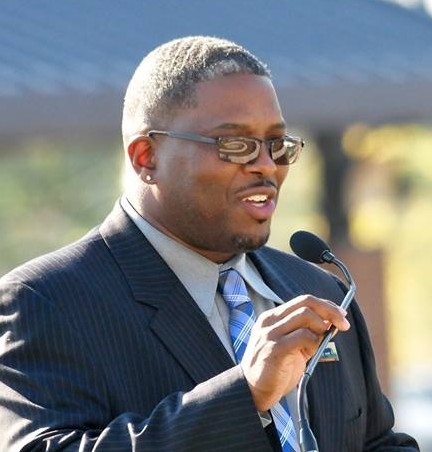Have you been wanting some new vibes for your playlists? Look no further than Grammy-nominated, singer, songwriter, and musician Daniel Caesar. For one thing, the Canadian-born star has been in the music industry since 2014 but was considered truly indie up until 2016. He was nominated for two Grammy Awards at the 2017 awards show, including Best Album of the Year and Best R&B Album for his 2017 album, Freudian and his album rose to number eleven on the Billboard charts according to Billboard.
I’ve been a fan of Caesar since 2016, when his smooth, R&B song “Get You” captured my soul. As of today, the song has received over 150 million streams on Spotify alone.
Caesar’s soulful voice immediately struck me, singing the opening lyrics, “Through drought and famine/natural disaster/my baby has been around for me.” This is the first song that hooked me on Caesar and I’ve followed him ever since. You can find me listening to his music on any given day, no matter what I’m doing, whether that’s cooking, cleaning, or writing a paper. I’ve come to know his music as food for the soul and comforting no matter what mood I find myself in.
In recent interviews with Billboard Magazine and Now Toronto, the humble twenty three year old has discussed his rise to fame and what the pressure of stardom feels like. Caesar began gaining notoriety back in 2016 following the release of his 2015 EP Pilgrim’s Paradise. His music is heavily influenced by his background of gospel music, especially his most recent album, Freudian. Caesar has released several EPs over the years, including 2014 Praise Break and 2015 Pilgrim’s Paradise.
Another interesting dimension to Caesar’s success is that he has remained an independent artist through all of his EP and album releases. He released Freudian under his own label, Golden Child and it has exploded in the music industry, with over 353 million streams as of last year according to Nielsen Music.
His songwriting comes from his personal real-life experiences, and it shows. Caesar produces relatable, soulful tunes that are meaningful and capture the essence of heartbreak and love using only his voice and an acoustic guitar. He accredits his playing abilities to John Mayer, even though he has never met him. He learned every song by Mayer so he could improve his instrumental chops.
The video below is a visual accompaniment of another one of Caesar’s (put adjective here) songs from Freudian, “Best Part” featuring female R&B artist, H.E.R.
Caesar is known for collaborating with other artists in the industry, specifically female singers such as H.E.R. and Kali Uchis. Every collaboration on Freudian is with a female artist which adds dimension and diversity in sound.
Each of the voices are different yet blend with his to create an almost magical sound that warms your soul with every note. The addition of female voices on many of the tracks balances Caesar’s warm vocals/warm vocal tone.
Caesar is a star who’s rising quickly. Don’t be surprised if you see him flying high on every US chart within the next year. His sound is fresh and bold in a day and age when so much of the music we consume sounds the same. Do yourself a favor and go listen to his music on whatever music platform you use and have a chill weekend.












